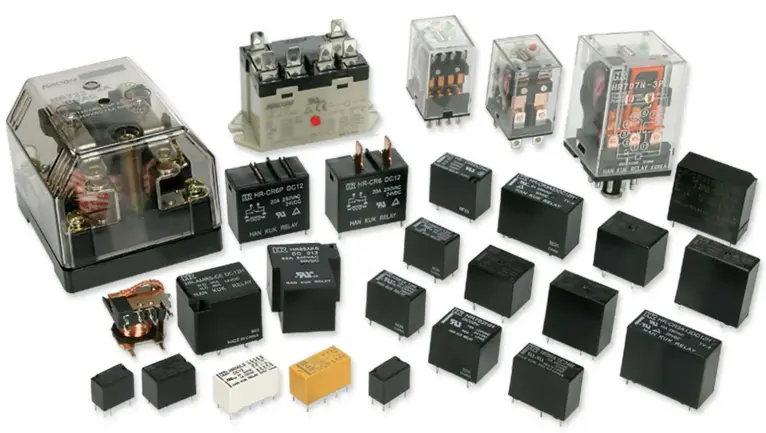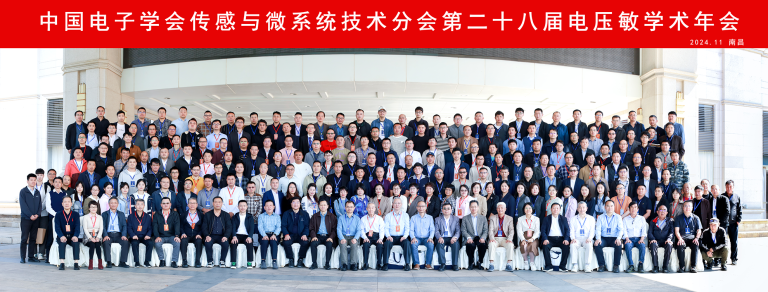Chancay Port
Located on the central coast of Peru, Chancay Port is one of South America’s most important infrastructure projects, in recent years.
Jointly developed by the Peruvian government and Chinese companies, the port aims to become a major trade hub, between the Asia-Pacific and South America.
As a modern deep-water port, Chancay Port provides South America with a new logistical gateway to Asian markets, particularly China.

Chancay Port’s Impact on China-South America Trade
- 1. Improving Global Supply Chain Efficiency
As a new node in the global logistics network, Chancay eases pressure on North American and European ports and helps streamline freight movement worldwide.
Its construction helps international enterprises reduce transportation costs, enhance supply chain responsiveness, and provide greater flexibility for global trade.
- 2. Growth in Bilateral Commodity and Industrial Trade
Peru and its neighbors export large volumes of copper, iron ore, coffee, and fishmeal.
With Chancay Port in operation, these goods can reach China and Asia faster and at lower cost—helping meet the demand from manufacturing and food processing industries.
Chinese electronics, machines, and daily-use goods can now enter South American markets more efficiently via Chancay.
This supports local demand for reliable and cost-effective products.
For Peruvian consumers, this streamlined import model will also accelerate the adoption of technology products in the local market.
- 3. Promoting Regional Trade Cooperation
Chancay Port symbolizes the extension of the Belt and Road Initiative to Latin America, laying a foundation for deeper economic ties between China and South America. By serving as a logistical bridge, it tightens bilateral trade links, expanding trade volumes and fostering more cross-border investment projects.
Potential Industrial Opportunities Created by Chancay Port
1. Logistics and Warehousing Services
The surrounding areas of Chancay Port are poised for rapid growth in logistics and warehousing services, offering more opportunities for goods transshipment and processing in South America.
This will also attract more multinational companies to establish logistics bases near the port.
2. Infrastructure Development
As port trade grows, roads and railways will become key priorities for regional development.
These infrastructures not only support port operations but also improve inland transport efficiency across South America.
Better connectivity will help Peru and nearby countries expand their export capacity.
3. Strengthening China-Latin America Economic Cooperation
Chancay Port symbolizes the extension of the Belt and Road Initiative to Latin America, laying a foundation for deeper economic ties between China and South America. By serving as a logistical bridge, it tightens bilateral trade links, expanding trade volumes and fostering more cross-border investment projects.
Potential Industrial Opportunities Created by Chancay Port
1. Logistics and Warehousing Services
The surrounding areas of Chancay Port are poised for rapid growth in logistics and warehousing services, offering more opportunities for goods transshipment and processing in South America. This will also attract more multinational companies to establish logistics bases near the port.
2. Infrastructure Development
As port trade increases, supporting infrastructure like roads and railways will become key priorities for regional growth.
These projects not only serve the port but also enhance inland transport efficiency across South America.
Improved logistics networks will help Peru and its neighbors boost export capacity.
3. Opportunities for Technology and Equipment Exports
As a modern port, Chancay Port requires extensive automation equipment and technical support for its operations.
Chinese companies have the opportunity to export related equipment and technologies, contributing to the development of South America’s infrastructure.
Additionally, the smooth operation of automated systems, logistics sorting, and electrical control systems at the port relies on reliable circuit protection components.
Devices like MOVs and TVSs effectively prevent power grid fluctuations, ensuring stable and efficient port operations.
The success of Chancay Port demonstrates that modern ports are not merely logistics nodes but also catalysts for regional economic development.
By optimizing resource allocation and enhancing trade efficiency, Chancay Port provides a model for other countries and regions to follow. In the future, more nations may emulate Peru by building similar trade hubs to strengthen their ties with global markets.
The establishment of Chancay Port, has not only opened a new trade corridor between South America and Asia, especially China, but also become a driving force for regional economic development.
By optimizing logistics routes, reducing transportation costs, and enhancing global supply chain efficiency. Chancay Port exemplifies the transformative impact of modern ports on international trade.
As trade volumes continue to grow, the economic ties between China and South America will become even stronger. Serving as a vital bridge in this connection, Chancay Port is expected to further promote bilateral cooperation and mutual development.
Boarden will continue to strengthen partnerships with clients in Brazil, Peru, and other regions. At the same time, Boarden will expand its presence in South America, offering reliable technologies and solutions that support modern port operations and boost local economic growth.





